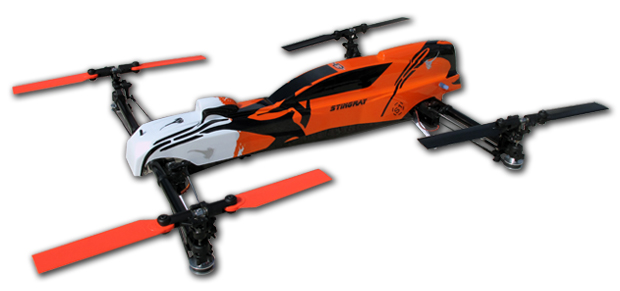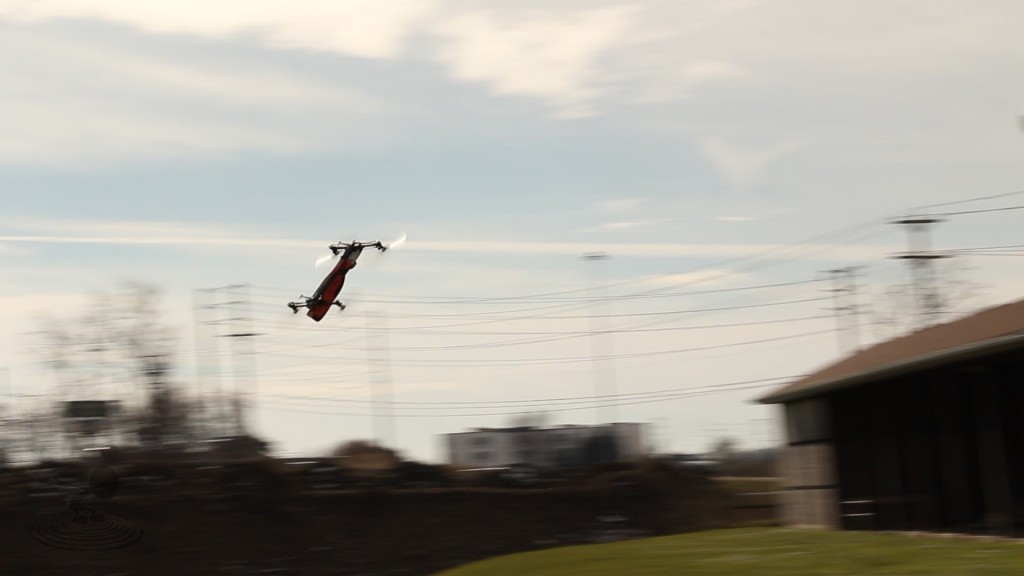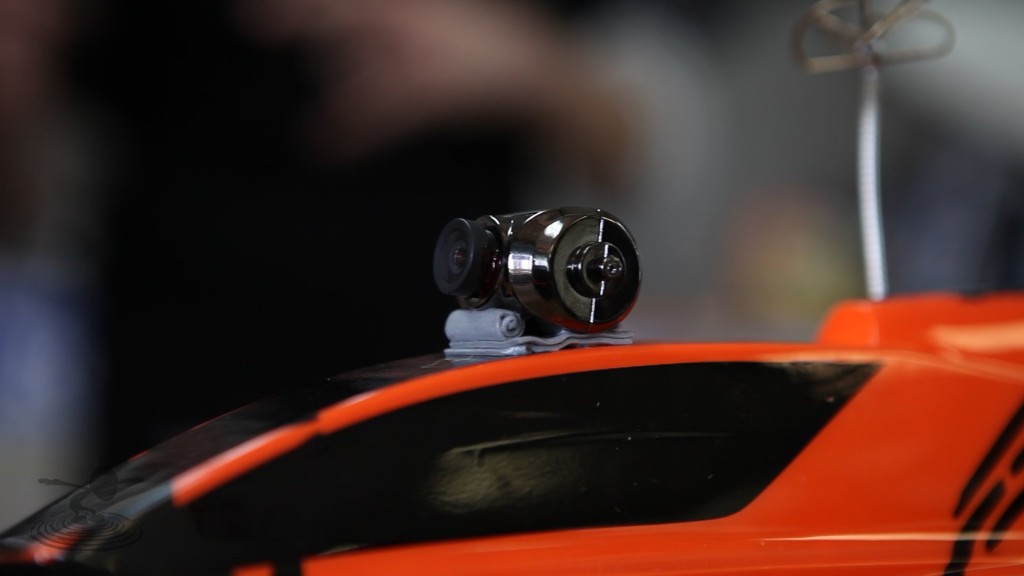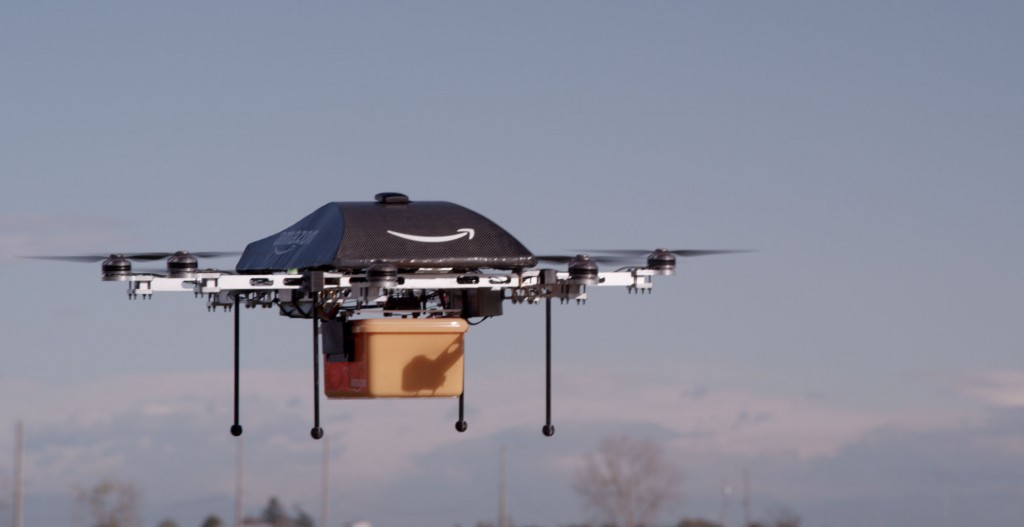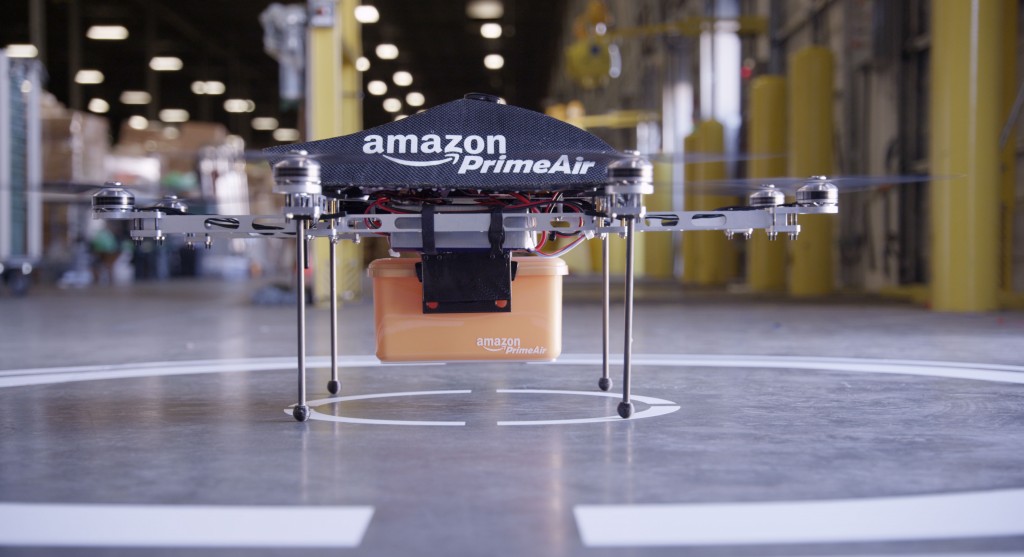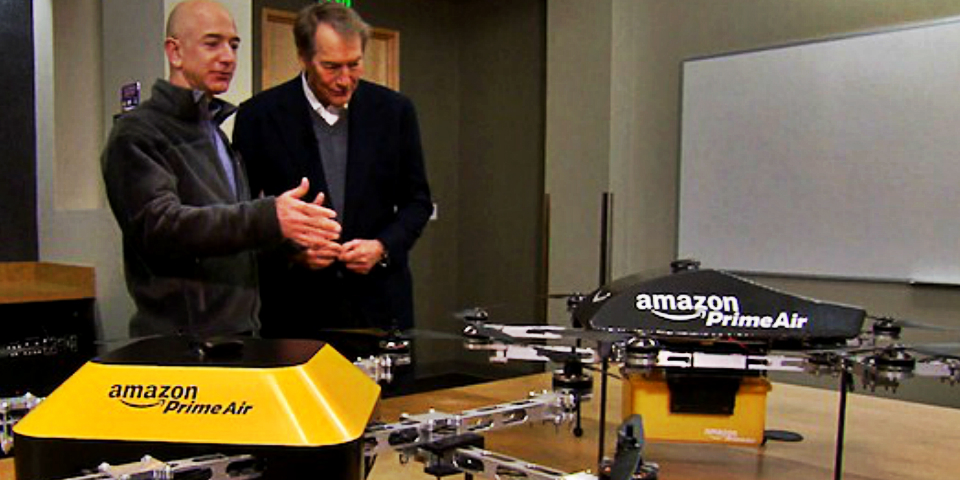The Arendatorovnet youtube channel is quite active recently and three new videos were posted today. These videos are unique in that the quadcopter (and his pilot of course) are apparently experiencing a total freedom of movement in the Island of Ko Samui in Thailand. This is of great inspiration for me, and possibly many other FPV enthusiasts, in relation of what First Person View (FPV) is about.
Those last videos were apparently recorded on the down/ground side of the video link and are likely close to what the pilot was actually seeing in his video goggles during navigation. The pilot shows complete control even in a few moments in which the video link looses strength.
In this first video, there is a moment in which the quadcopter stops to “play” with dogs. We have recently noted the interesting relationship between quadcopters and dogs, and this is a nice example. The dogs seem rather scared of the multirotor and do not dare approaching too much, although they indeed show interest. This starts at 14:35 of the following video, FPV Taras 3:
https://www.youtube.com/watch?v=fHaLdpE_Dzo
Low quality, video interferences and the “electronic background” audio on these last videos provides a special flavour to them, contributing to making the whole thing very special. Here are the other 2 videos.
FPV Taras 4. See how the quad greets people with a little oscillation, for example at 6:25
https://www.youtube.com/watch?v=95X_WiFP_EM
FPV Taras 5
https://www.youtube.com/watch?v=L2AQVE-sXUU

